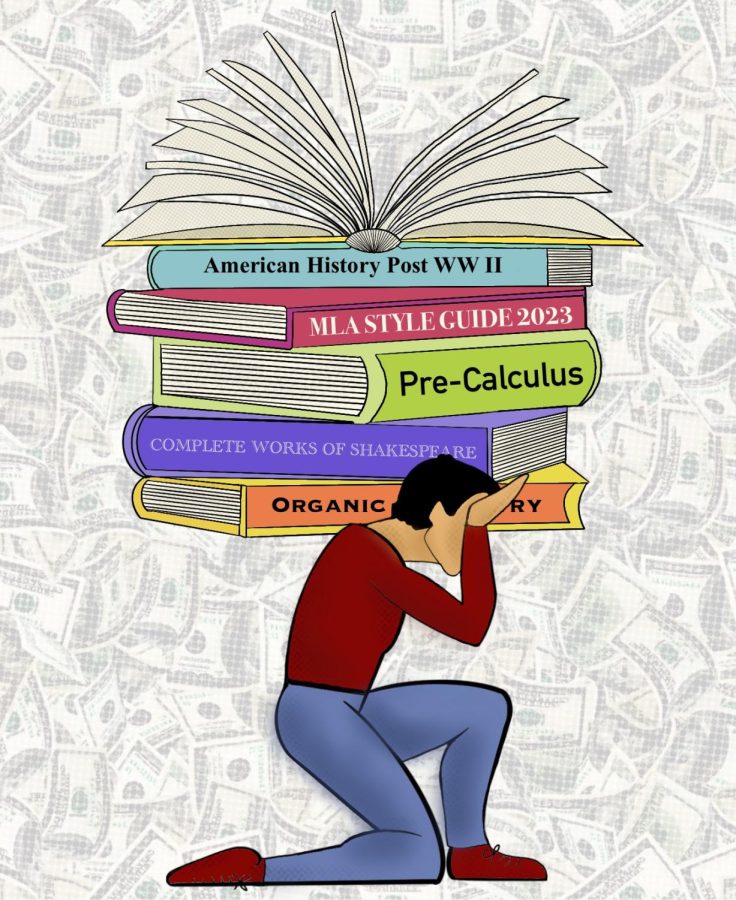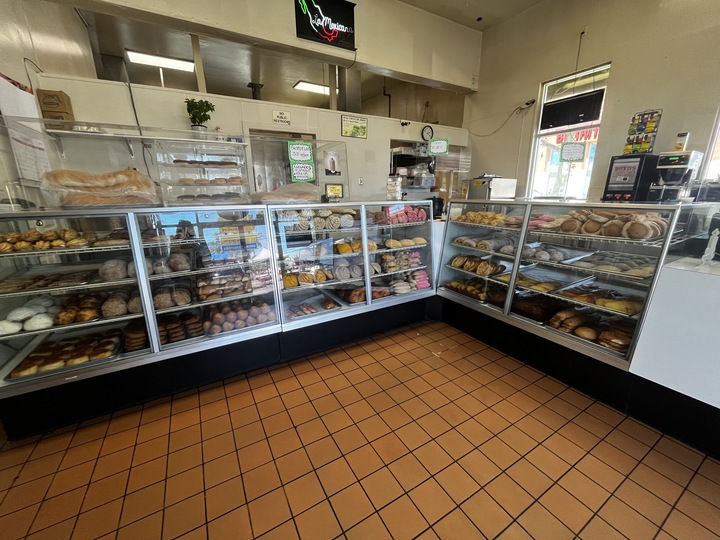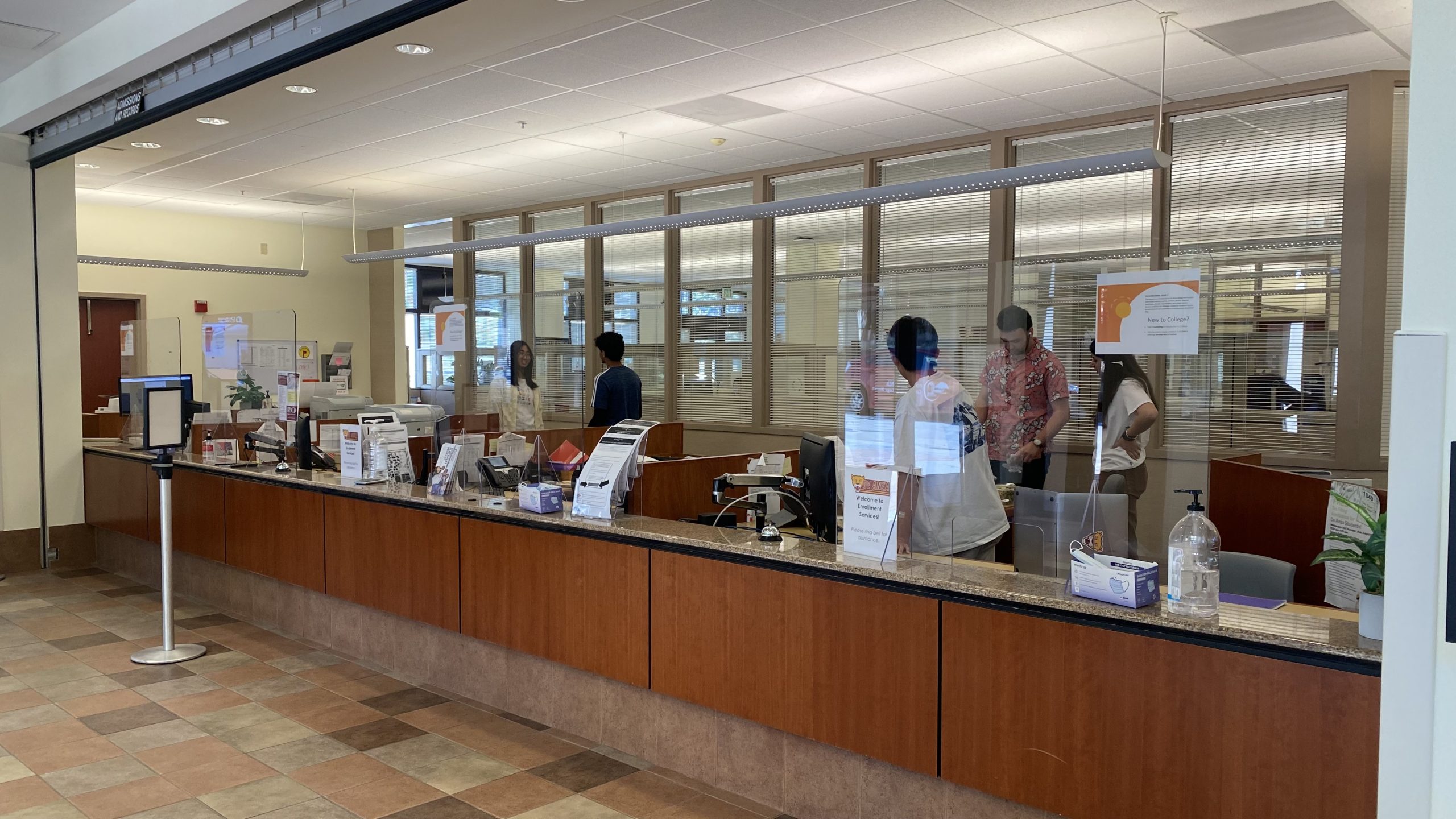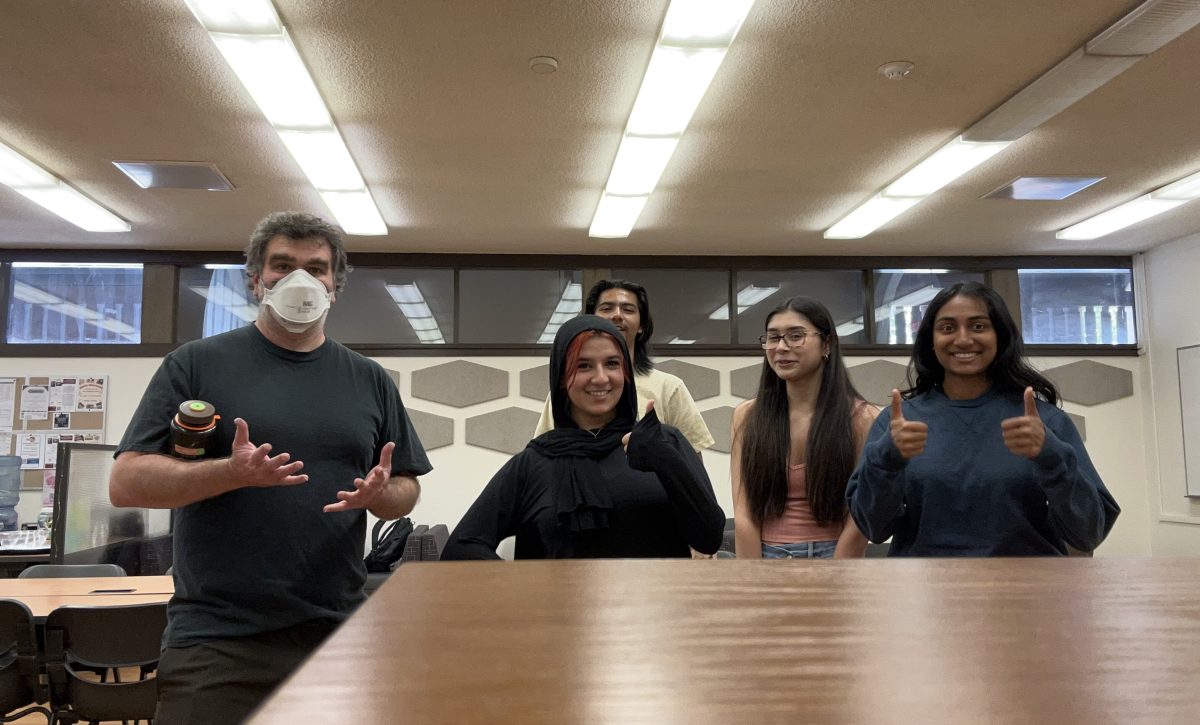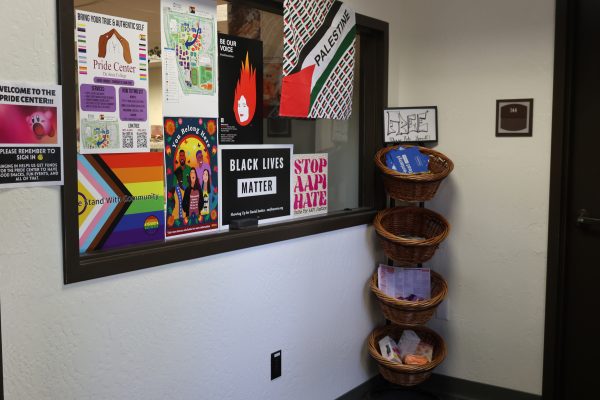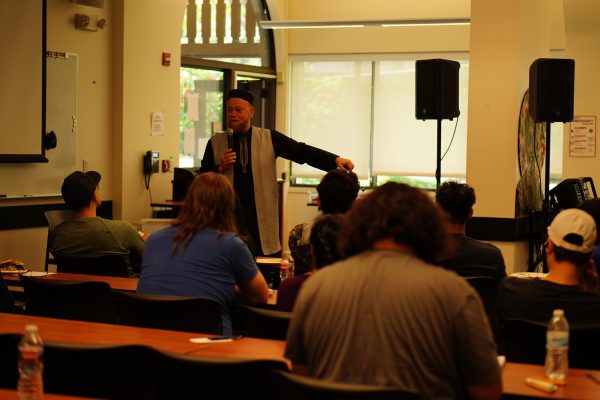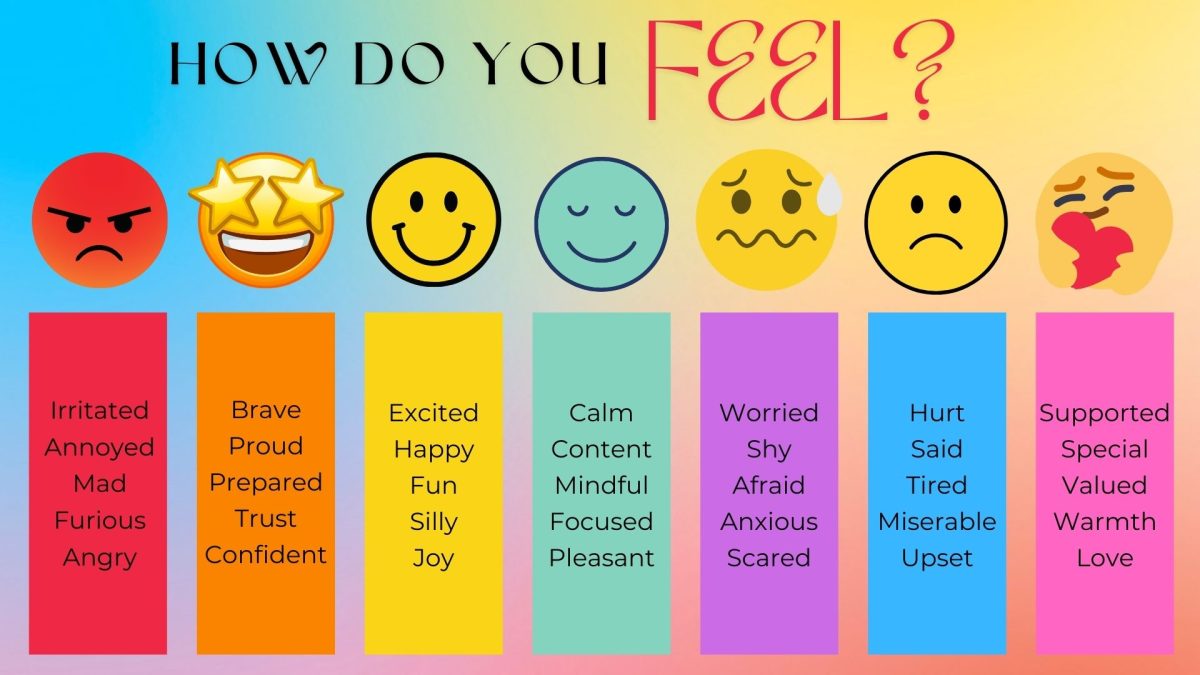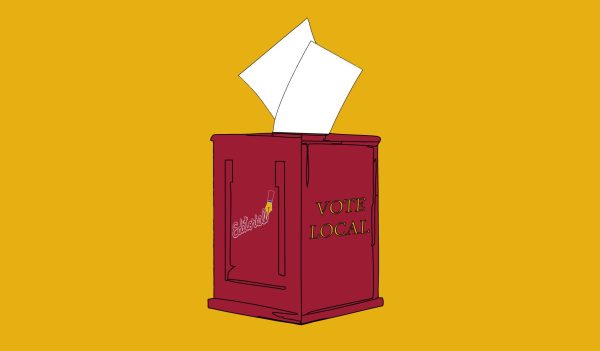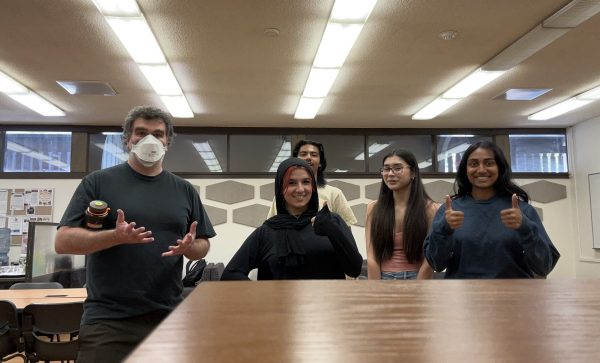Rising costs of textbooks weigh students down
June 12, 2023
An issue plaguing students in our community is the heavy cost of textbooks. Recent studies and news reports have shed light on the financial burden placed on students and it is crucial that we address this issue so that every student, no matter poor or rich, has equal access to education.
According to a report published by Best Colleges, the average annual spending on course materials for college students have reached a grand total of $1,200.
This staggering figure is further increased over three times the rate by inflation in the past decade alone. As a result, students have been forced to make challenging choices, such as taking on additional jobs or going without necessary resources like food to afford their education.
Moreover, an investigation by The Chronicle of Higher Education revealed that some publishers engage in questionable practices that contribute to the high cost of textbooks. Bundling textbooks with access codes for online content, which cannot be purchased separately, has become a very common practice.
This strategy restricts students’ options, forcing them to buy new textbooks instead of opting for more affordable used versions. To fight this issue, educational institutions and publishers should collaborate to make sustainable solutions.
One successful initiative is the adoption of open educational resources, or OER. OER provides free or low-cost digital learning materials that can be freely accessed, shared and modified. A study conducted by the Babson Survey Group found that almost 50% of faculty have now recognized and started the awareness of OER.
I strongly encourage educational institutions to adopt OER and explore partnerships with publishers to negotiate fair pricing policies. By doing so, we can alleviate students’ financial burdens so they can place more focus on their studies.
Jacky Chen, a guest writer, is a De Anza College student majoring in business management.



